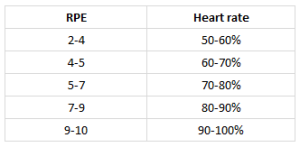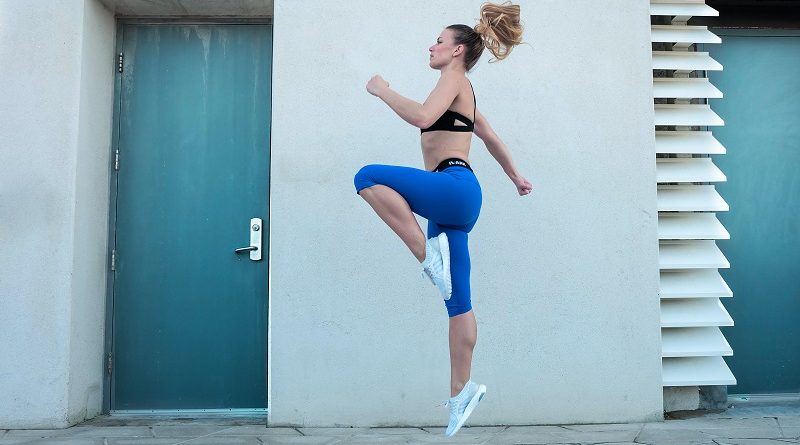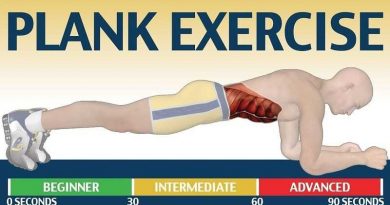What Is RPE? Levels Of Exercise That You Need To Know
How can you measure your exercise intensity? If you don’t know yet, find out what RPE is.
Exercise intensity is very important to measure in training because it helps you know if you are overdoing it. Overtraining can easily lead to injury and burnout. And if the exercise is too little, the intensity is not enough, it will not make you lose fat and gain muscle. Even reduces the effectiveness of the workout and that is not what you expect.
One of the methods used to measure is RPE, also the main content of today’s article.
What is RPE?
RPE stands for Rating of Perceived Exertion. This is a chart that applies to all workouts. It has ten ranking levels corresponding to each level of difficulty that you face when doing it.
The rankings are based on a range of physical sensations and stresses you experience while exercising. These include increased respiration, increased heart rate, sweating, muscle fatigue, and irritability. So if it’s level one, you haven’t put in the effort. Or level nine is near the maximum.
RPE is often used in the forms of Cardio exercises but also bodybuilding exercises and similar types of exercise too. This method does not require any special equipment, and you need to listen to your body to get started. However, the RPE rating system can be a bit daunting at first. But if you try to practice, you will use this RPE system with ease.
Everyone is different
Now that you know what RPE is, here are some tips to help you do it. If you are serious about your training, you can start using this rating system even if you have never done it before.
– To begin, make sure you practice regularly and rate each exercise on a scale of one to ten both during and after you have to build feelings in your head.
– Next, jot down those notes in a notebook of your assignments. Just keep in mind that this will vary from person to person. For example, if you do a running exercise on a treadmill at 10km/h but another person runs at 15km/h, the RPE system will depend on each person.
10 Ranks of RPE
1. Very easy: No effort, no need to do anything, just hold the bag of cakes and eating.
2. Pretty easy: You can feel this level during warm-up or after running or stretching. You can talk freely.
3. Have a little effort: You walk slowly, as easy as walking, it’s like you warm up your body, and you can talk easily.
4. Moderately easy: Your breathing and heart rate get a little faster, you feel warmer and start to sweat, but you can still talk.
5. Moderate to slight exertion: Your heart is beating faster, breathing is difficult. You feel hotter, you can still talk, but with a little difficulty.
6. Exertion: You’re breathing hard now, but you can still sip some water and say only a few words at a time.
7. Difficulty with mild exertion: You breathe so hard, wondering how you can continue.
8. Very difficult: You feel short of breath and are close to reaching your maximum limit, and you can’t speak but just gasp.
9. Super hard: You feel like your lungs are about to explode, and you can’t hold this intensity for more than a minute, can’t say a word.
10. Last Effort: This is your maximum limit, you cannot hold it for longer than 10 seconds. Can no longer speak when the pain spreads to the whole body.
RPE And Heart Rate Zone
Research has found a strong correlation between your RPE and your actual heart rate during exercise.
For example, in sprinting, the RPE should be between 9-10 or 94-99% of the maximum heart rate. On the other, in recovery running, the RPE is 3-4, and the heart rate is around 60-70%.
Just keep in mind that it is a rough estimate as it depends on many other factors such as age and physical condition.




